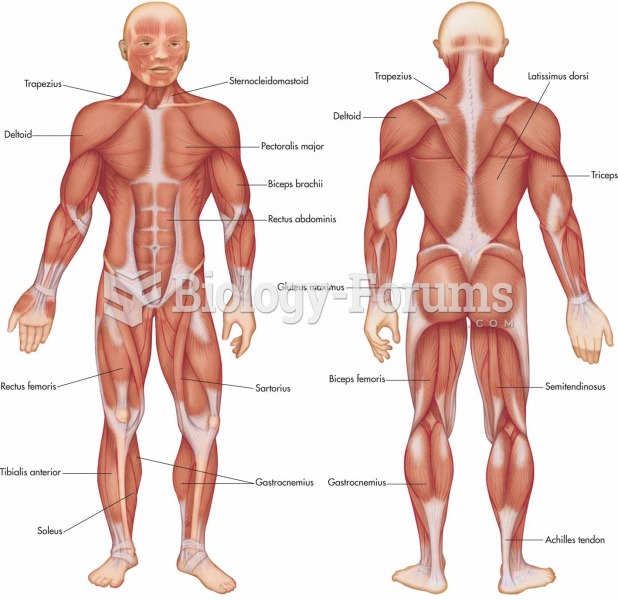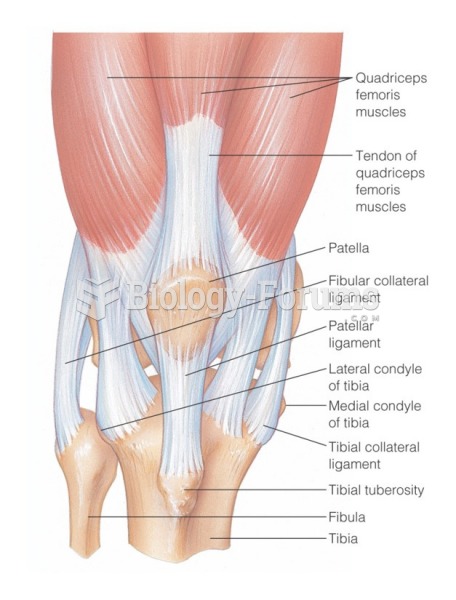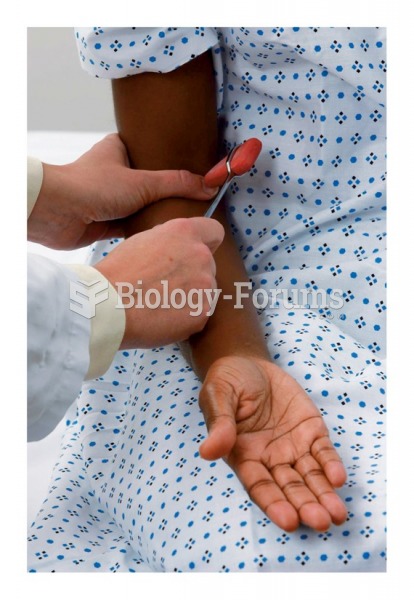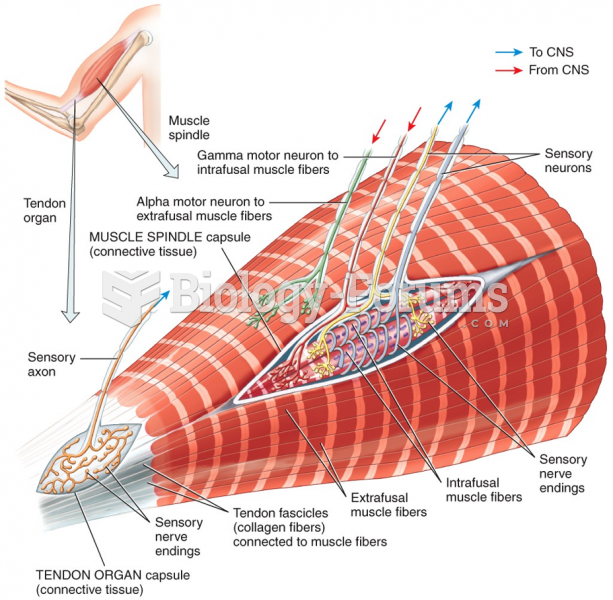This topic contains a solution. Click here to go to the answer
|
|
|
Did you know?
Though newer “smart” infusion pumps are increasingly becoming more sophisticated, they cannot prevent all programming and administration errors. Health care professionals that use smart infusion pumps must still practice the rights of medication administration and have other professionals double-check all high-risk infusions.
Did you know?
The horizontal fraction bar was introduced by the Arabs.
Did you know?
The immune system needs 9.5 hours of sleep in total darkness to recharge completely.
Did you know?
People about to have surgery must tell their health care providers about all supplements they take.
Did you know?
Approximately 500,000 babies are born each year in the United States to teenage mothers.







